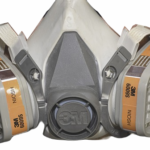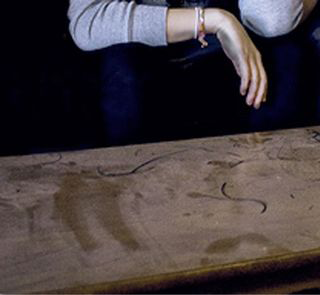Air sealing and air filter tips that can make your home a safe haven from wildfire smoke and dust
You can see on the wildfire smoke map more and more of the United States experience smoke from this season’s wildfires, it is important to air seal and air filter your home for fending off smoke and particulates. You can make your home a safe haven from wildfire smoke, so you can get away from the fine particulates from wildfires like PM2.5, that cause the greatest health concern.
Here are the 5 air sealing and air filter tips that can make your home a safe haven from wildfire smoke and dust. So you can see how to protect yourself from wildfire smoke:
1) Air sealing your home is essential. Modern homes operate under pressure. Sometimes homes are inhaling air from outside, and sometimes they are expelling air. HVAC, venting, clothes dryers, and all kinds of appliances affect how your home takes in outside air. Use a
Smoke Pencil to hunt around your house to see where your home is intaking air, and use weatherstipping, caulk, and foam to seal out air infiltration. If you notice a heavier than normal dust coating on your furniture, you can bet that the particulate count is up inside your home.
2) Focus on the biggest holes first. One of the worst culprits in letting in outside air is the dormant fireplace chimney. It acts like a snorkel sticking up into the smokey sky. Whenever you use an appliance that vents to the outside (like a clothes dryer), the negative pressure will pull outside air through the path of least resistance. That is often the chimney, even if it has a damper the metal is usually ill fitting and warped, allowing a gush of air to pass through. So use a tight fitting
Flueblocker or
Chimney Balloon to close the chimney off.
3) Air Filters are key: Eventually you need to open your doors to come in and out, so there is bound to be smoke that gets inside. It is hard to find the best
HEPA indoor air filters in stock at the moment, but there are
DIY home air filters that can be made with
furnace filters and a box fan that are very effective. Also have a close look at your HVAC filters in your A/C system. Do not use the cheap stringy fiberglass filters, rather make sure you have fine filters with a MERV rating of 13 or higher.

Protect against smoke with Respirator Mask
4) Mask shields up: When you do go out, it is best to have a P95 respirator mask with activated carbon. That way you are protected from particulates and chemicals that ride the smoke. They are only about $20 and they are well worth the price. You can even get some variety that cover your eyes as well.
5) Don’t make your indoor air quality worse: Avoid using your gas burning range while you are buttoned up avoiding wildfire smoke. Try heating food just with the microwave for a while. Limit using ventilation appliances like clothes dryers and vent fans. They create negative pressure in your home and force the house to take in more outside air. It may sound extreme, but hang a clothesline inside to dry your clothes.
It is also important to keep track of the public announcements of when you must evacuate an area due to poor air quality or even fire danger. Do not put you or your family and loved ones at risk. There are wildfire smoke health effects long-term and short-term.
In order to make your home a safe haven from wildfire smoke and dust, you should follow the steps above and contact us if you need help selecting products to air sealing your fireplace and home.

